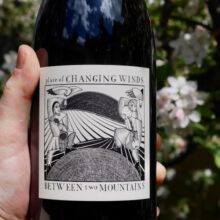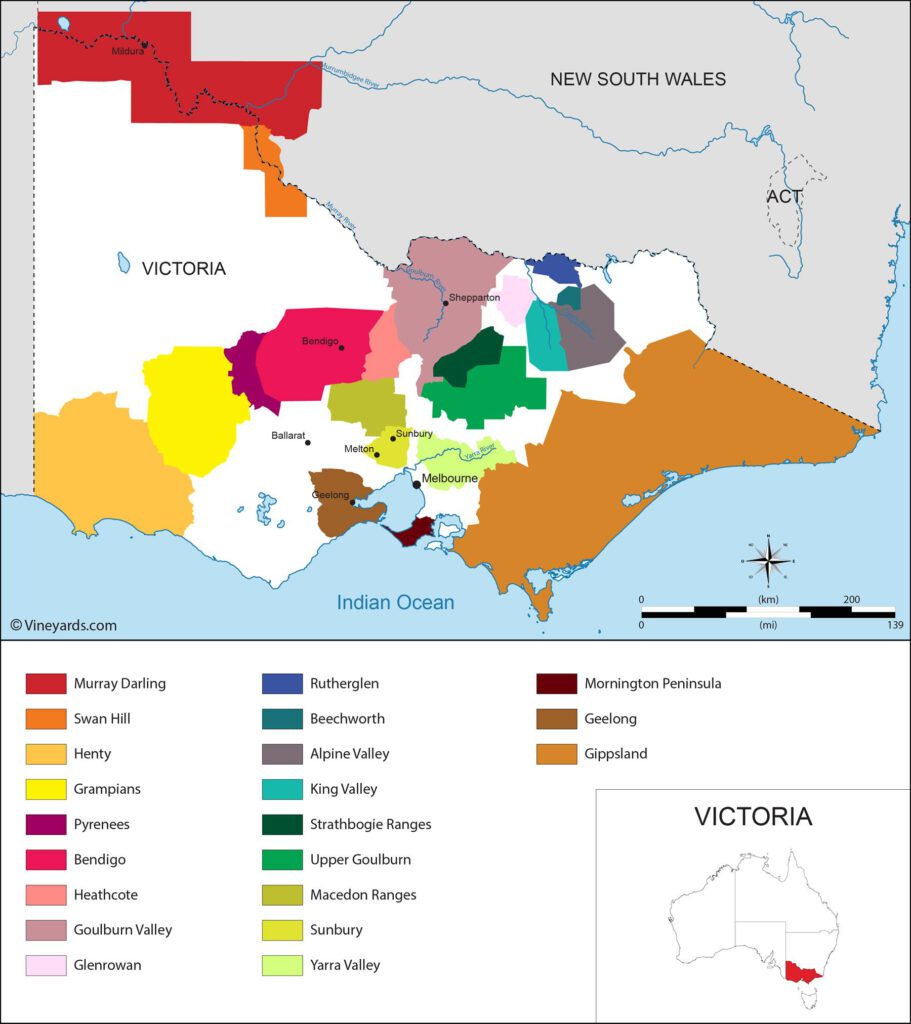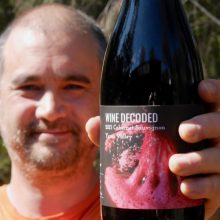
Product information
Place of Changing Winds ‘Between Two Mountains’ Pinot Noir 2019
$61
Description
Very bright with red fruit initially, loads of brooding darkness behind it. Tiny berries from a super cool spot very exposed to wind. You can see their working hard on texture and the effort is paying off. Heart shaped palate with crunchy fruit tappering to the back palate, lovely flow. Spice and musk lift heading to those red fruits. Vital and generous at the moment.
Showing great potential.
Out of stock








You must be logged in to post a comment.